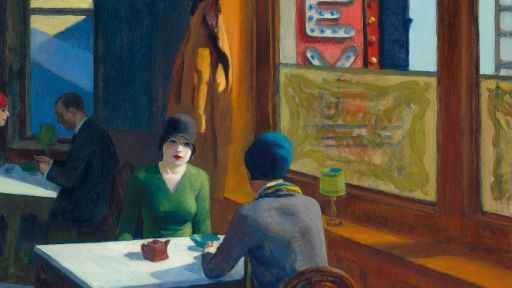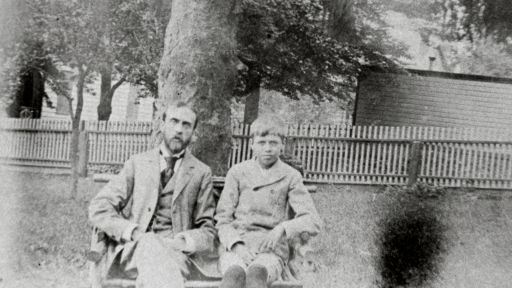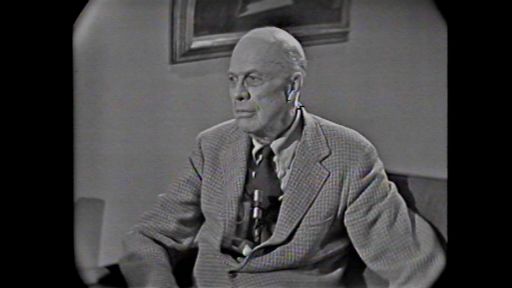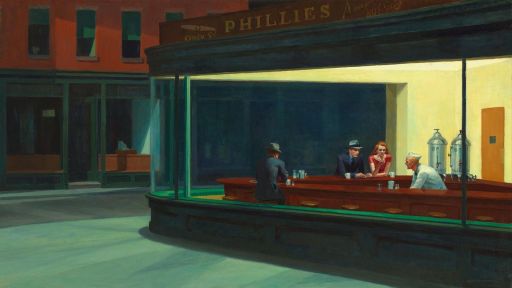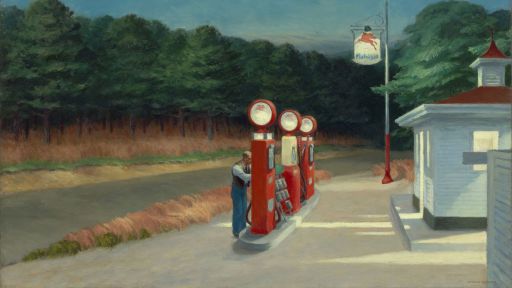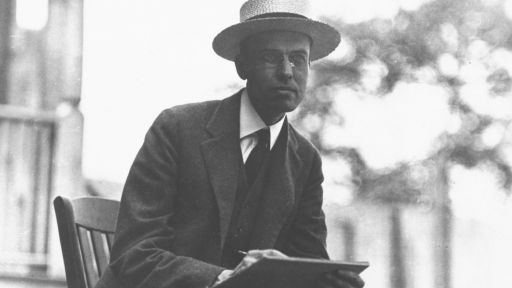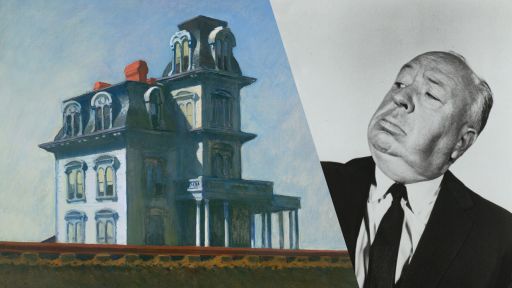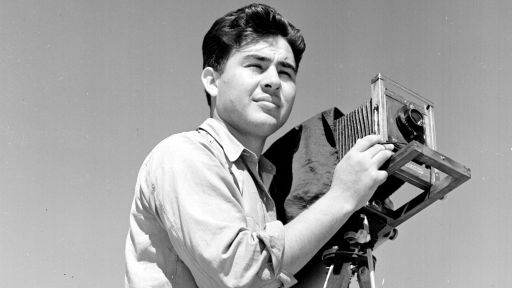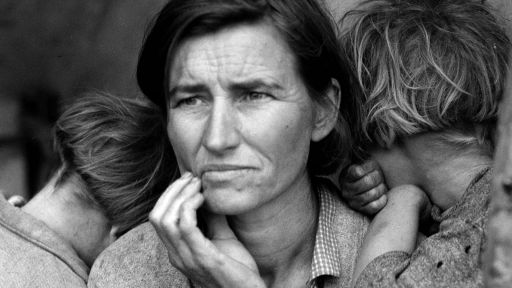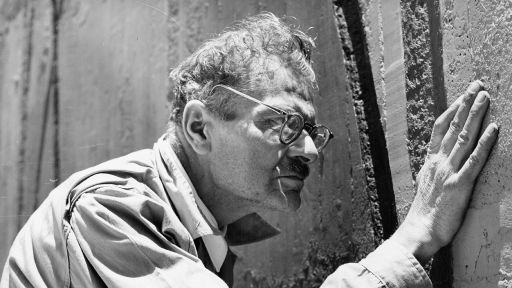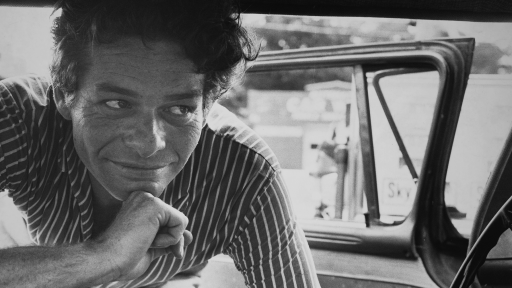TRANSCRIPT
(dramatic music) - Hopper's process is so slow and methodical.
It typically took Hopper often about a month to realize a canvas.
Much of the time in between was the thinking, the determining the subject, the sketching, the compositional sketches.
And his output is so minimal as he gets older.
Throughout the decades, we know from the journals that he would finish a painting and one, two days later would be bringing it to the gallery.
So there is a sense that immediately after completion, it was destined for somewhere beyond lingering in the studio.
- The content of your pictures, I think that some people have seen a lot of psychological elements in it, loneliness, isolation, modern man and his manmade environment.
- Those are the words of critics.
And I can't always agree with what the critics say.
You know, it may be true and it may not be true.
It's probably how the viewer looks on the pictures that they really are.
Could that be?
(dramatic music) - I think that Hopper painted the city that he felt needed to be or should be represented, no more, no less.
I don't think Hopper really thought too much about the diversity of the United States.
He didn't think about the migration of people from one region to another.
He painted what he wanted to as an artist.
- The New Negro Movement beginning, really kind of burgeoning in Greenwich Village, the protest that would've been happening through the 50s and 60s, it's just almost comical for me to imagine Hopper, still in his button-down at his easel, when you have this great Bohemian culture happening right outside the window.
And it's not really reflected in the work.




